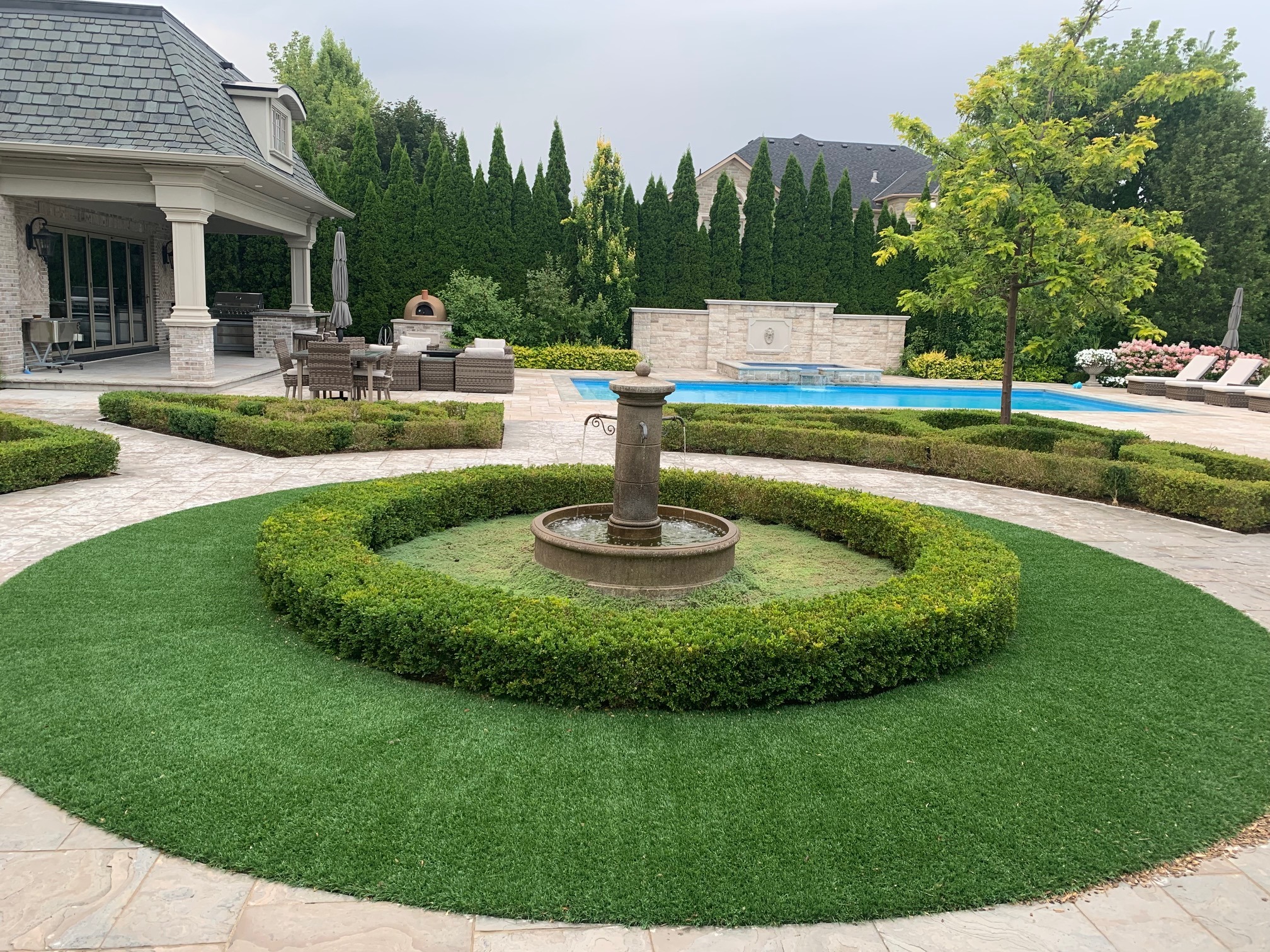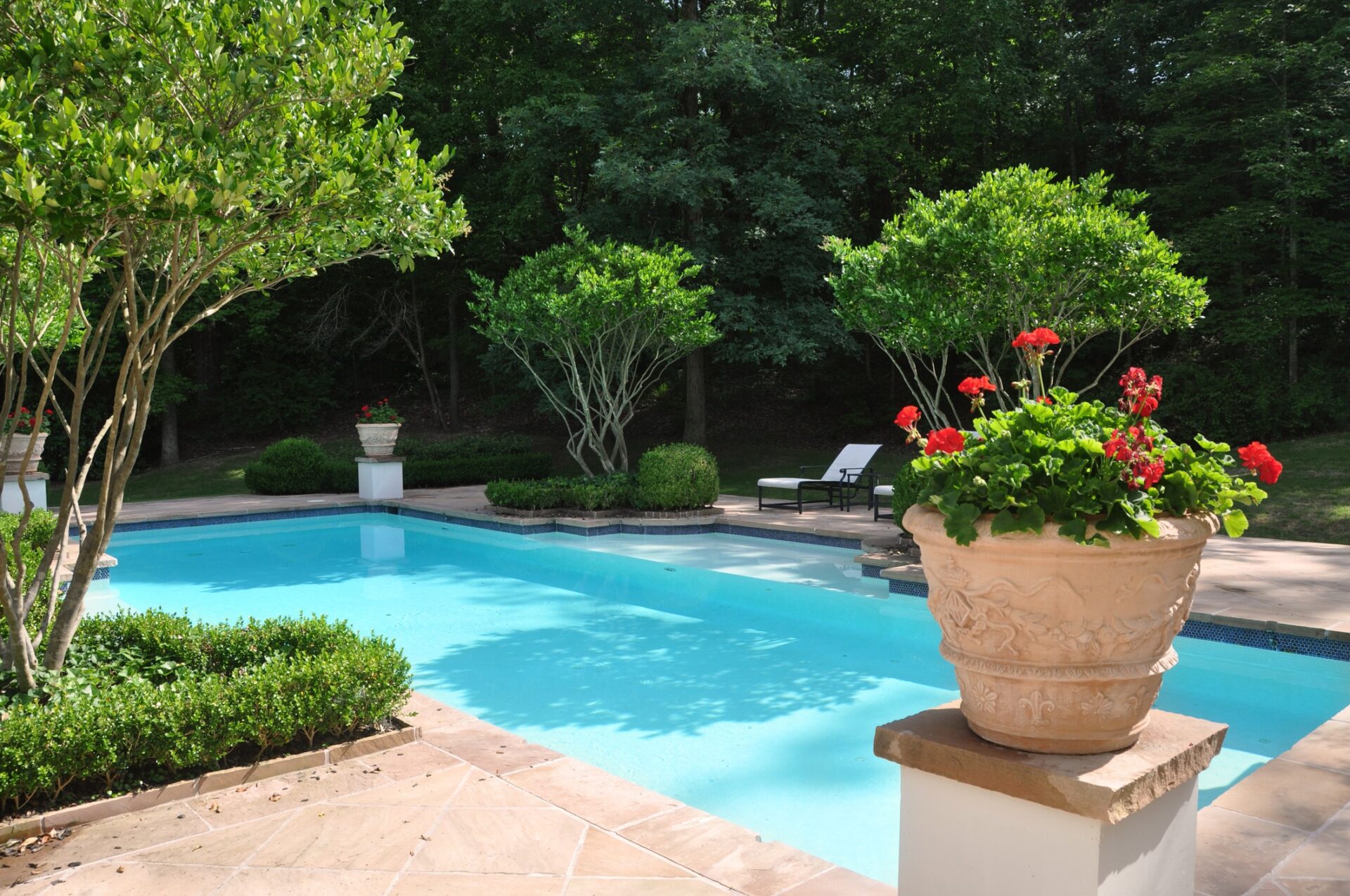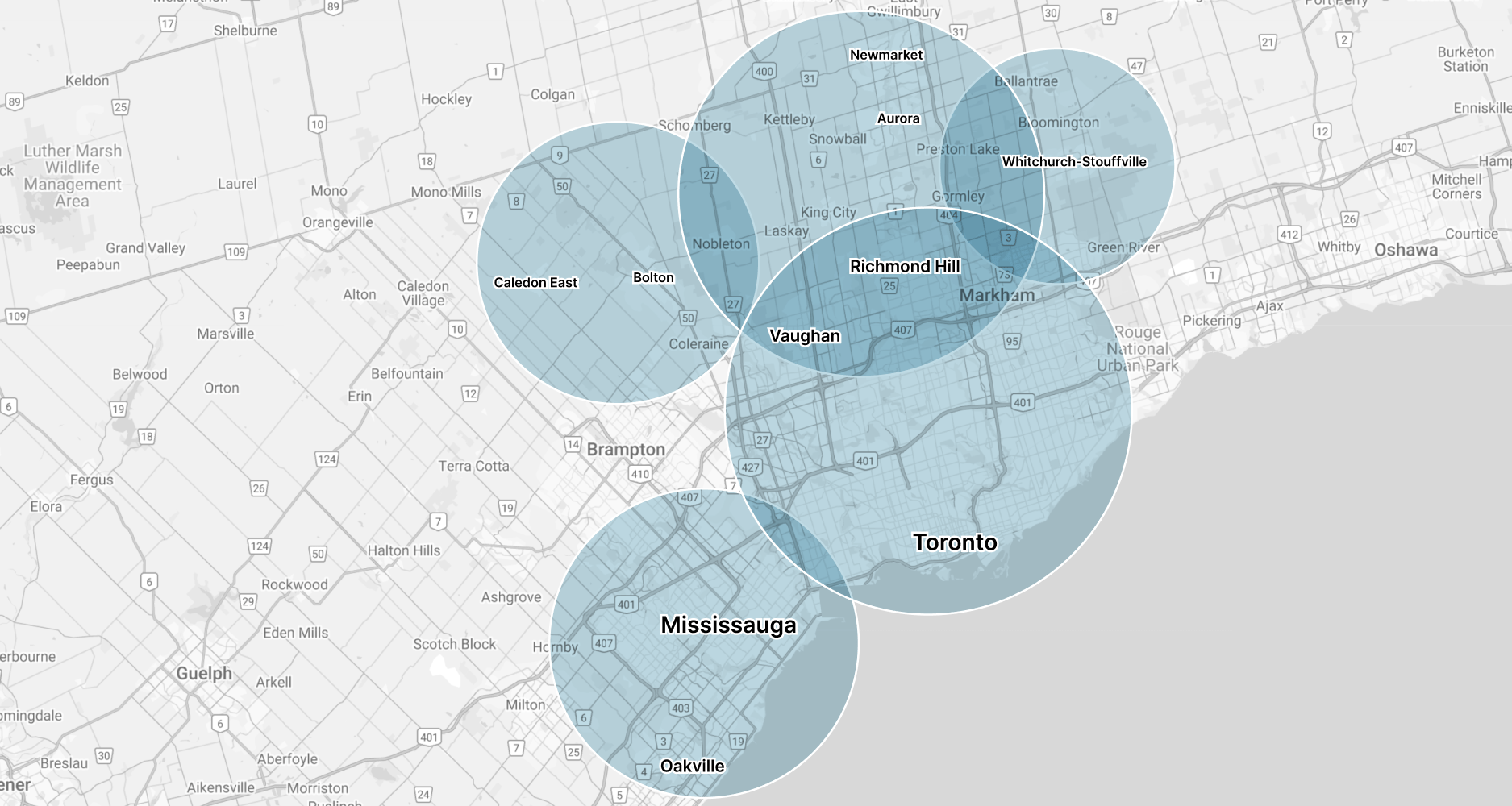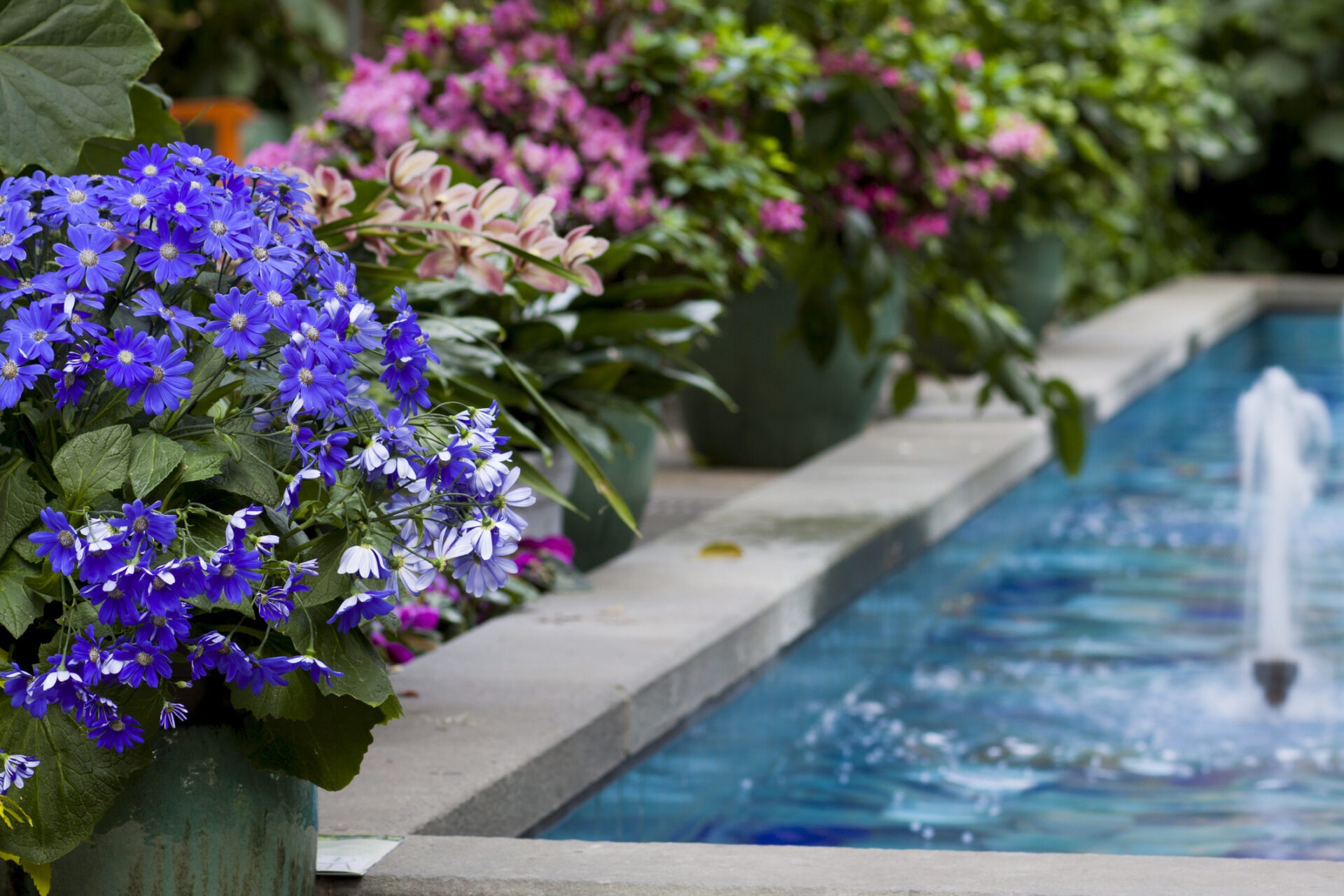There are three main types of inground pools: vinyl liner, fibreglass, and concrete. Each has its own advantages, costs, and maintenance considerations.
Vinyl Liner Pools
Vinyl liner pools are the most budget-friendly option, typically costing less than fibreglass and concrete pools. They are highly customizable, allowing for any size or shape. One key advantage is that replacing the liner every 10–15 years gives the pool a fresh, like-new appearance at a reasonable cost—similar to repainting a home. However, the liner is the pool’s weakest point, as it can be punctured by sharp objects, and over-chlorination or ground water issues can lead to wrinkles.
Fibreglass Pools
Fibreglass pools cost slightly more than vinyl liner pools but require less maintenance due to their smooth gelcoat finish, which resists algae buildup. These pools are prefabricated, meaning they come in set shapes and sizes rather than being fully customizable. Installation is quick, and the finish is long-lasting, though darker colours may fade more noticeably over time. A major advantage is that fibreglass pools don’t have liners that can be punctured. However, like vinyl pools, they require proper site preparation, as poor drainage can lead to the pool “popping” out of the ground.
Concrete Pools
Concrete pools are the most expensive, often costing 50–80% more than vinyl or fibreglass pools. They are fully customizable and offer a luxurious, high-end look, especially when finished with tile or marbelite. While concrete pools provide unparalleled design flexibility, they require more frequent maintenance and precise water chemistry management to prevent damage to the surface and grout lines. If budget is not a concern, concrete pools are considered the premium option.















